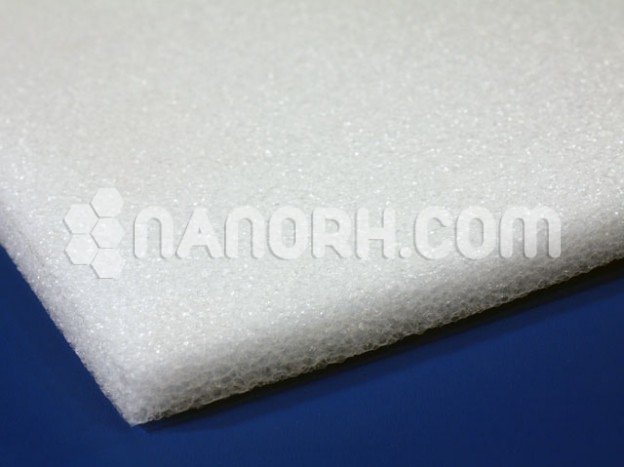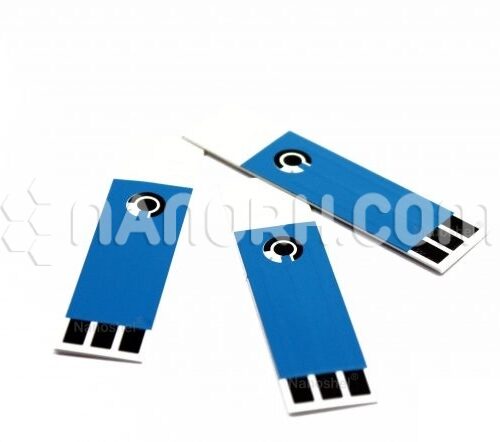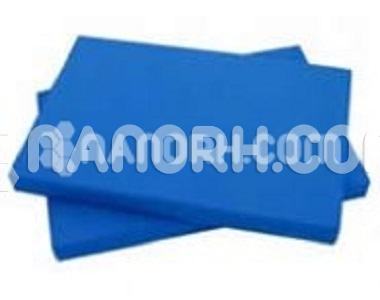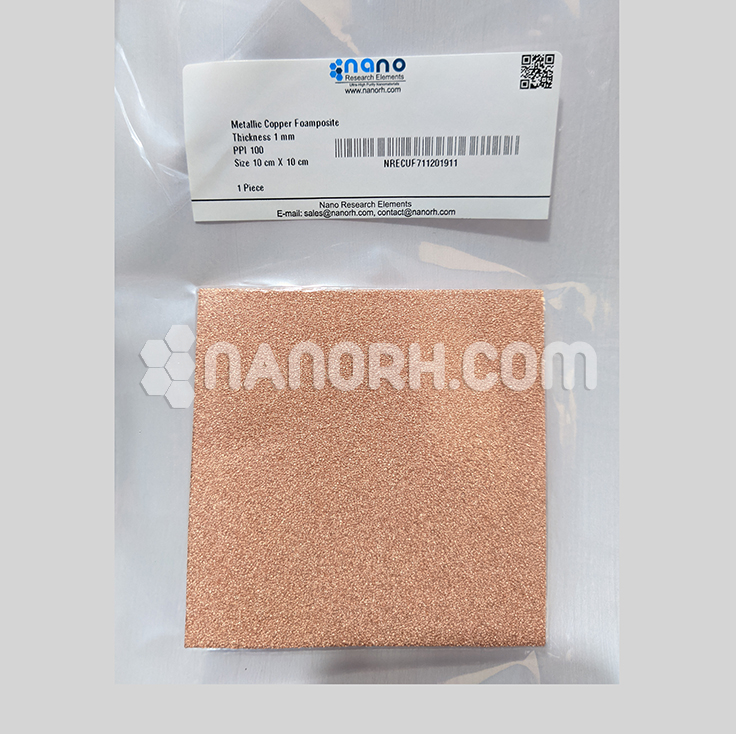Polyethylene Foam (Closed Cell, Purity: >99.9%)
| Polyethylene Foam | |
| Product No | NRE-51014 |
| CAS | NA |
| Density | 1.2 (LB/Cubic Ft.) |
| Purity | ≥99.9% |
| Cell Count | 18 (cells/inch) |
| Compression Creep | 5 % |
| Temperature | -30 to 180 °F |
| Water Absorption | 0.06 LB/Sq. Ft. |
| Thermal Stability | <2 % |
| Boiling Point | NA |
Polyethylene Foam
(C2H4)n is a versatile and widely used material known for its lightweight, durable, and cushioning properties. It has a closed-cell structure, which makes it resistant to water, moisture, and impact.
Packaging
Protective Packaging: Polyethylene foam is extensively used for protective packaging to cushion and protect fragile items during shipping and handling. Its shock-absorbing properties make it ideal for packaging electronics, glassware, and other delicate goods.
Foam Inserts: Custom foam inserts made from polyethylene foam are used to securely hold products in place within boxes or cases, preventing movement and damage.
Construction
Insulation: Polyethylene foam is used in construction as thermal insulation for buildings. It is often applied in walls, roofs, and floors to reduce heat transfer, improving energy efficiency.
Soundproofing: The foam is also used for soundproofing applications. Its closed-cell structure helps in dampening noise, making it suitable for use in walls, ceilings, and floors to reduce sound transmission.
Expansion Joint Filler: In concrete construction, polyethylene foam is used as an expansion joint filler, helping to absorb movement caused by temperature changes and preventing cracks.
Automotive
Vibration Dampening: In the automotive industry, polyethylene foam is used to dampen vibrations and reduce noise within vehicles. It is applied in various areas, such as door panels, dashboards, and engine compartments.
Seat Padding: The foam is used in car seats for added comfort and support, as well as in headrests and armrests.
Sports and Recreation
Exercise Mats: Polyethylene foam is commonly used to make exercise mats due to its cushioning and impact-absorbing properties, providing a safe and comfortable surface for workouts.
Protective Gear: The foam is used in the manufacture of protective gear, such as helmets, knee pads, and shin guards, where it helps absorb impact and reduce the risk of injury.
Floatation Devices: Polyethylene foam’s buoyancy makes it ideal for use in floatation devices like life vests, pool noodles, and other water safety equipment.




